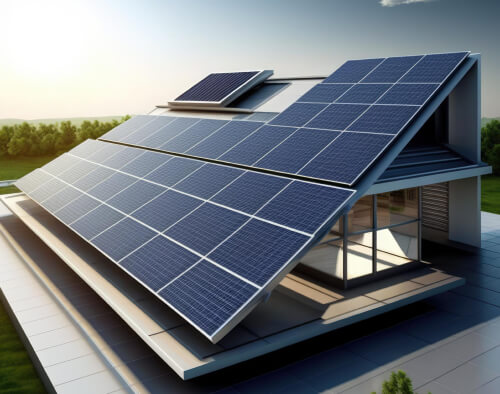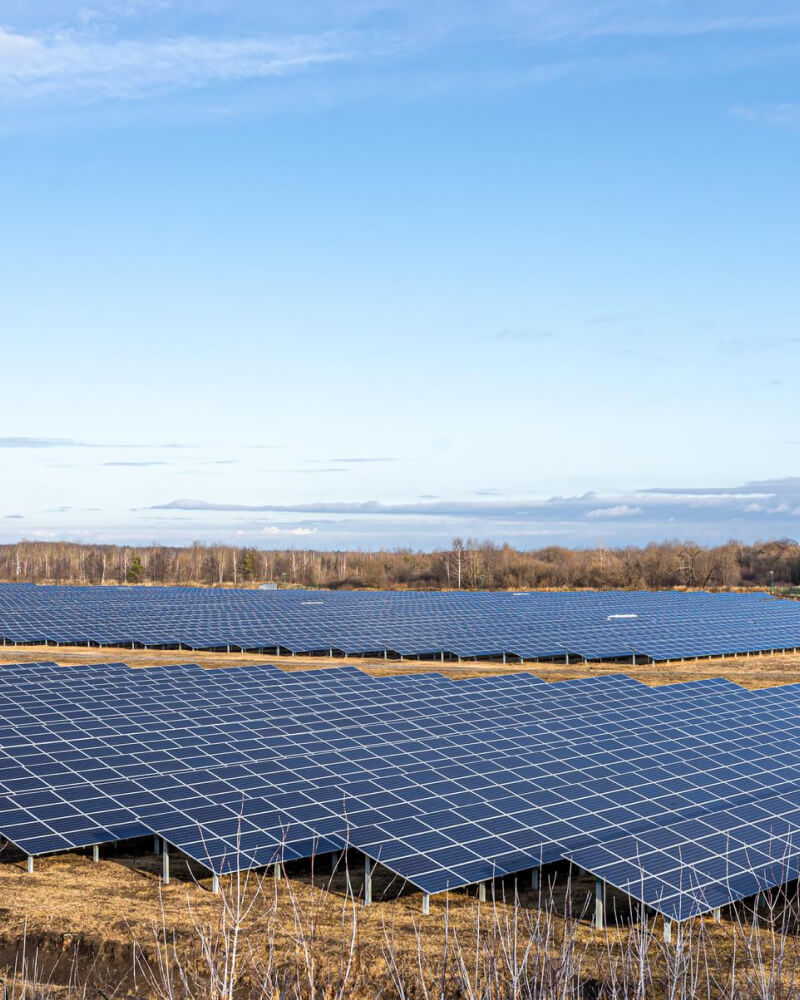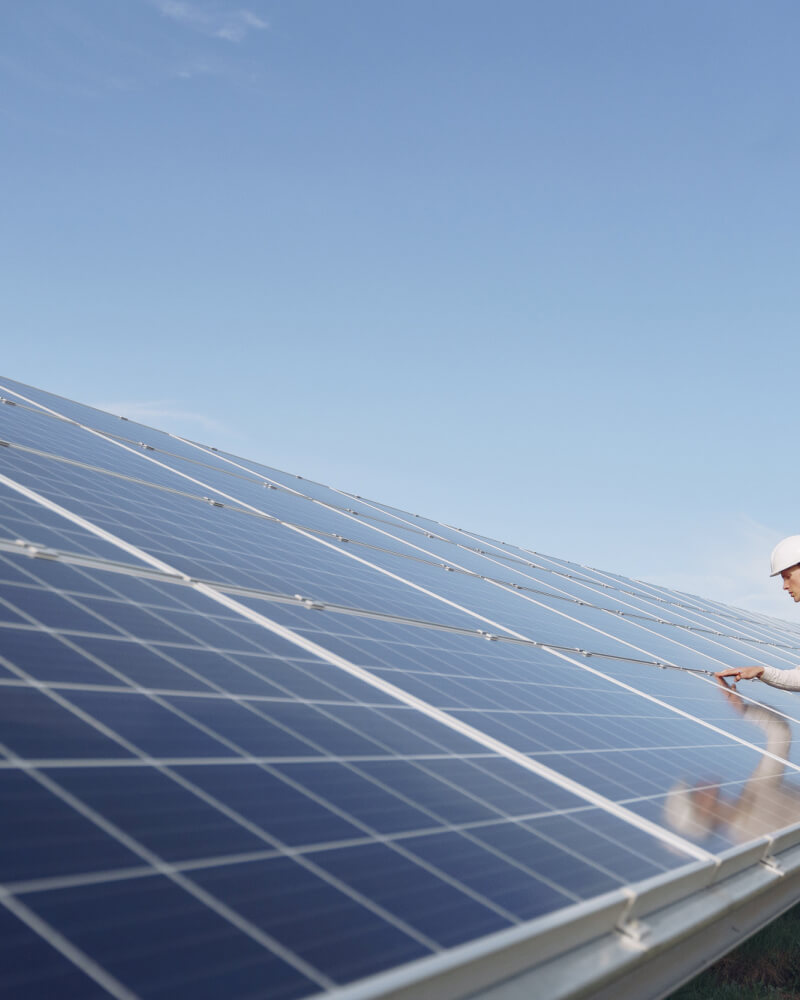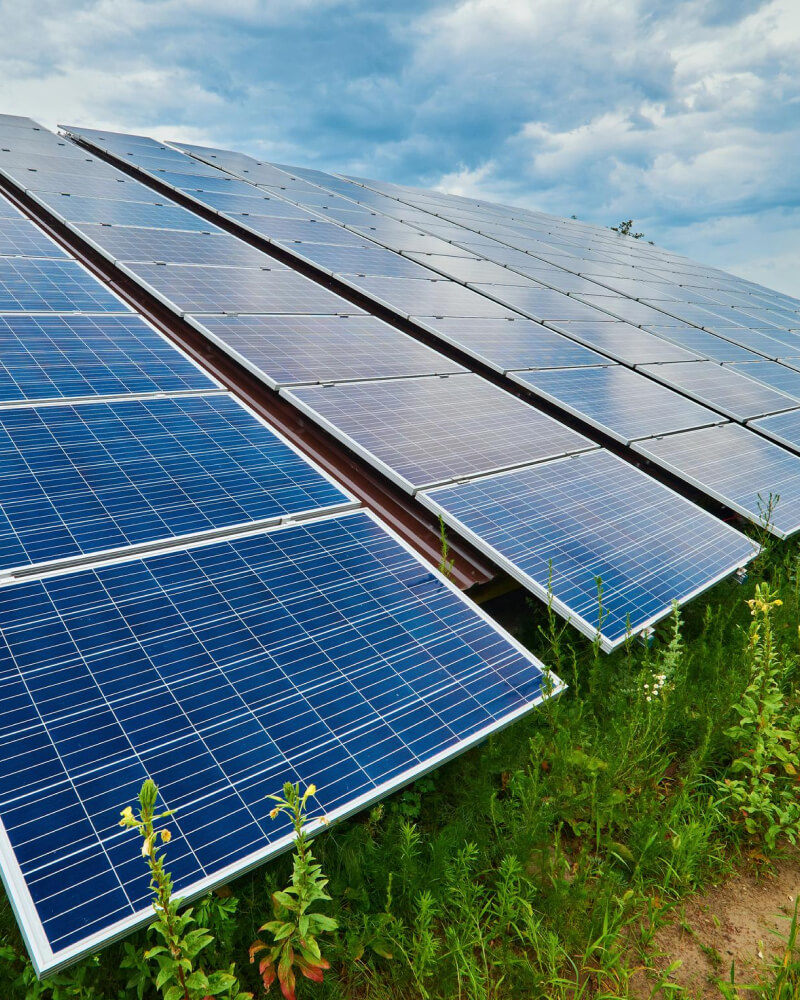



When adopting solar energy solutions, choosing between the OPEX (Operational Expenditure) and CAPEX (Capital Expenditure) models is one of the most critical decisions for businesses, institutions, and individuals. Both models offer unique advantages, and understanding their differences can help potential solar adopters select the most suitable approach based on their financial capacity, operational needs, and long-term goals.
In the CAPEX model, the customer invests upfront to purchase and own the solar power plant. This model is often referred to as the EPC (Engineering, Procurement, and Construction) approach, as the customer hires an EPC contractor to design, procure, and install the system.
The CAPEX model is ideal for organizations with substantial upfront capital and a long-term perspective. Industries, educational institutions, and large commercial enterprises often choose this model for its high return on investment (ROI).
| Aspect | CAPEX Model | OPEX Model |
|---|---|---|
| Ownership | Customer owns the solar plant. | Provider owns the solar plant. |
| Initial Investment | High upfront capital expenditure. | No upfront cost for the customer. |
| Operational Costs | Minimal (mainly for maintenance). | Payment for electricity consumed. |
| Risk | Customer bears financial and operational risks. | Provider assumes risks of performance. |
| Maintenance | Customer manages maintenance or contracts a service. | Provider is responsible for maintenance. |
| Financial Incentives | Customer benefits from subsidies and tax incentives. | Not applicable to the customer. |
| Suitability | Ideal for long-term energy needs and high capital availability. | Ideal for limited capital and flexibility. |
The choice between CAPEX and OPEX depends on several factors, including financial readiness, energy goals, and the nature of the organization.
If You Have High Capital:
The CAPEX model is better suited for organizations or individuals with the financial resources to invest upfront and a long-term vision for energy independence.
If You Prefer Operational Flexibility:
The OPEX model offers a hassle-free solution, making it ideal for those seeking cost-effective energy without the responsibility of ownership.
For Large-Scale Projects:
Industries or enterprises planning extensive solar installations may benefit more from CAPEX to maximize ROI.
For Small to Medium-Sized Businesses:
The OPEX model provides a practical entry point into solar energy, reducing barriers to adoption.
Both the CAPEX and OPEX models offer compelling advantages, making solar energy accessible to diverse customers. The CAPEX model appeals to those with long-term energy goals and financial stability, while the OPEX model serves those looking for convenience, scalability, and minimal initial investment.
By carefully evaluating energy requirements, financial constraints, and long-term objectives, businesses and individuals can make an informed decision and harness the benefits of solar energy effectively. With the increasing demand for renewable energy, both models contribute significantly to the global shift toward sustainability.
Efficiency meets sustainability with solar energy powering your future with clean, renewable energy solutions.

Reliable solar solutions backed by trust and warranty, ensuring long-lasting performance and peace of mind.

Delivering high-quality solar energy systems with precision, durability, and unmatched attention to detail.

Round-the-clock support for your solar energy needs, ensuring seamless performance and complete peace of mind.

Expert solar project planning tailored to your energy goals, maximizing efficiency and sustainable power solutions.
complete research and analysis for optimized solar energy solutions, ensuring efficiency and maximum energy savings.
Seamless solar installation services delivering clean energy solutions for homes and businesses with precision.

Call us for residential and commercial solar installation requirement/queries.

Geothermal Energy

Geothermal Energy

Solar Power

Geothermal Energy

Solar Engineer

Solar Engineer

Solar Engineer

Solar Engineer
info@solarcells.co.in
+91 90110 77071
310, Kamla Arcade, JM Road, Shivajinagar, Pune, Maharashtra 411004

Solar Cell Systems is the leading residential and corporate solar installation service provider company in Pune, India.
Copyright © 2024 Solor. All rights reserved.
